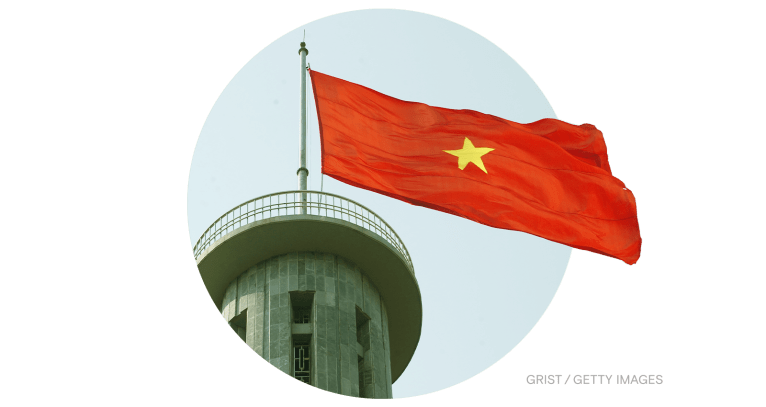It’s Tuesday, December 20, and the world has reached a historic agreement to protect nature.
After two weeks of talks and a final stretch of negotiations that ran well past midnight, roughly 190 countries on Monday reached a landmark agreement to stem biodiversity loss.
Under the United Nations’ new Kunming-Montreal Global Biodiversity Framework — which leans on voluntary commitments rather than binding legal requirements — negotiators representing most nations on Earth have pledged to halt “human induced extinction” of threatened species by 2050, safeguarding the “integrity, connectivity and resilience of all ecosystems.” They laid out 23 targets that include eliminating invasive species, halving the “overall risk from pesticides” and hazardous chemicals by 2030, and eliminating government subsidies that are detrimental to biodiversity.
The deal comes amid evidence that nature is declining at an “unprecedented” pace worldwide, thanks to agricultural expansion, pollution, climate change, and increasing per capita consumption. According to a study published this year, global wild animal populations plummeted 69 percent between 1970 and 2018, and the U.N. has warned that 1 million plant and animal species are at risk of extinction.
Environmental advocates and international policymakers called the new framework “historic,” with some comparing it to the 2015 Paris Agreement that rallied the world around a target to limit global warming to 1.5 degrees Celsius (2.7 degrees Fahrenheit). Some noted that boosting biodiversity could itself advance climate action — in part by conserving carbon-sequestering habitats like forests and wetlands.
Others, however, raised urgent concerns about the framework’s target to conserve 30 percent of the planet’s land and oceans by 2030, an effort known as “30×30.” In many parts of the world, the creation of “protected areas” in service to this goal has led governments to violently dispossess Indigenous peoples of their lands. Last year, an open letter from 49 philanthropic organizations warned the 30×30 approach could lead to further human rights violations, a concern that Indigenous leaders reiterated this week.
The negotiators of the new agreement “did not wholly incorporate Indigenous peoples’ demand for their lands and territories to be fully recognized as a category of conserved area,” Chris Chapman, adviser on Indigenous rights for the nonprofit Amnesty International, said in a statement. “[M]onitoring the deal’s implementation and combating any human rights violations arising from the establishment of protected areas will now prove absolutely crucial.”
In the news
Biden administration set to start refilling oil reserve
Ben Lefebvre, Politico
➤ Read more
Activist group Follow This launches climate campaign against Big Oil
Myles McCormick and Tom Wilson, Financial Times
➤ Read more
Documents reveal how Alberta oil and gas industry used pandemic to push ‘wish list’
Carl Meyer and Drew Anderson, The Narwhal
➤ Read more
Infrastructure law raises hopes of Alaskan tribal villages without running water. But will the effort fall short?
Hayden Godfrey and Audrey Hill, Investigative Reporting Workshop and Public Health Watch
➤ Read more
Their lives were ruined by oil pollution, and a court awarded them $9.5 billion. But Ecuadorians have yet to see a penny from Chevron.
Katie Surma, Inside Climate News
➤ Read more
Heatflation, overshoot, soup throwers: Grist’s picks for words of the year
Kate Yoder, Grist
➤ Read more


